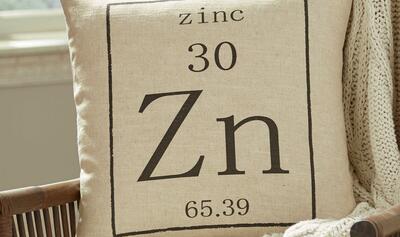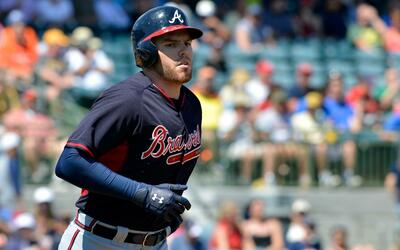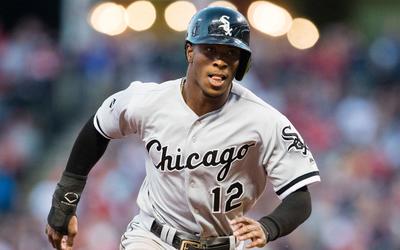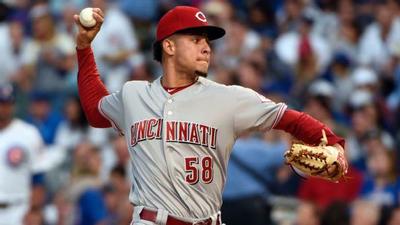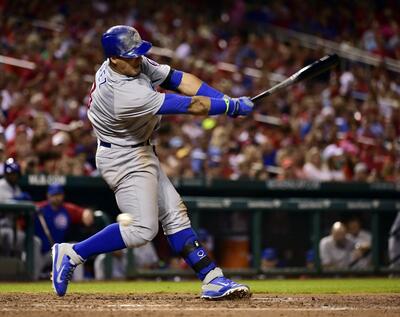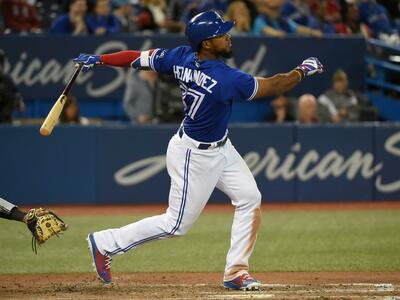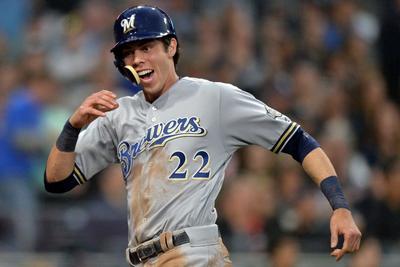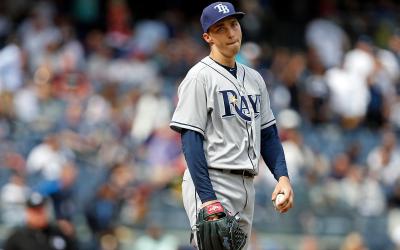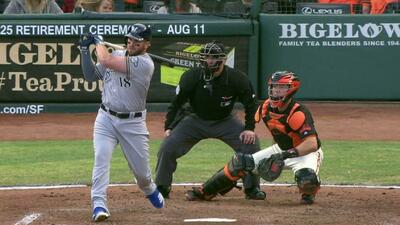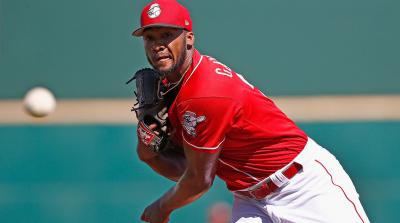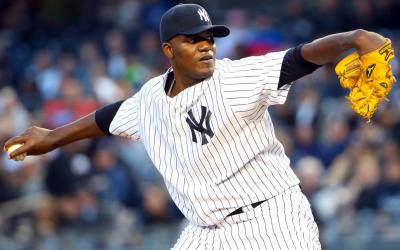First Pitch: Splitsville Part II
As promised earlier in the week, we’re back with the second edition of “Splitsville”. After taking a look at Team Batting Splits, which should aid in making pitching decisions for your fantasy team, we’ll take a look at Team Pitching Splits. Team Pitching Splits certainly have their limitations, as individual pitching matchups usually take precedence when analyzing daily lineup decisions. But I do think they have there place as an analytical tool, especially when making weekly lineup decisions. Add in the increasing absence of the Complete Game from modern-day baseball and Team Pitching splits become a bit more important since bullpens are handling the final 1/3 of most games. So let’s take a look at which Pitching Staffs you’ll want to make sure you have any of your hitters active against!
As mentioned in the first edition of “Splitsville”, Split statistics are best used when deciding between “like” options. Studs should be left in no matter the matchup. Let’s start with On-Base Percentage Allowed!
OBP Allowed Total:
Top 5: Toronto Blue Jays .300, Oakland A’s .306, Chicago White Sox .309, Arizona Diamondbacks .311, Tampa Bay Rays .312, Atlanta Braves .312
Bottom 5: Pittsburgh Pirates .365, Texas Rangers .361, Seattle Mariners .353, Colorado Rockies .351, Detroit Tigers .350
OBP Allowed vs. RH:
Top 5: Toronto Blue Jays .284, Los Angeles Dodgers .290, Chicago White Sox .296, Chicago Cubs .302, Arizona Diamondbacks .308
Bottom 5: Pittsburgh Pirates .367, Colorado Rockies .360, Washington Nationals .359, San Francisco Giants .346, Milwaukee Brewers .343
OBP Allowed vs. LH:
Top 5: Oakland A’s .292, Atlanta Braves .307, Tampa Bay Rays .314, Arizona Diamondbacks .315, St Louis Cardinals .317, Toronto Blue Jays .317
Bottom 5: Texas Rangers .387, Los Angeles Dodgers .377, Detroit Tigers .374, Seattle Mariners .369, New York Mets .365
OBP Allowed Takeaway:
The Dodgers’ splits immediately stand out. They’re one of the best teams in baseball against RH hitting, but have struggled mightily getting LH batters out. The addition of LH Clayton Kershaw to the rotation should help smooth out some of the LH batter numbers, but a .377 OBP against is nothing to scoff at. All of your LH bats should be active in matchups with the Dodgers, while middle of the road RH bats need to be left on the bench. The Blue Jays and Diamondbacks staffs are the stingiest with allowing base-runners and in most cases they should be avoided. On the flip-side, all hitters need to be active against Pittsburgh, Texas, Detroit, and Seattle as these rotations are allowing base-runners by the bushel.
Slugging Allowed Total:
Top 5: Oakland A’s .350, Chicago White Sox .358, Toronto Blue Jays .362, Atlanta Braves .371, Arizona Diamondbacks .373
Bottom 5: Houston Astros .470, Cincinnati Reds .441, Colorado Rockies .438, Minnesota Twins .437, Seattle Mariners .436
Slugging Allowed vs. RH:
Top 5: Toronto Blue Jays .330, Los Angeles Dodgers .337, Chicago White Sox .341, New York Mets .361, Los Angeles Angels of Anaheim .366
Bottom 5: Colorado Rockies .463, Houston Astros .455, Pittsburgh Pirates .455, Washington Nationals .450, Minnesota Twins .444
Slugging Allowed vs. LH:
Top 5: Oakland A’s .319, Arizona Diamondbacks .355, Boston Red Sox .366, Atlanta Braves .370, Tampa Bay Rays .377
Bottom 5: Houston Astros .490, Los Angeles Angels of Anaheim .457, Cincinnati Reds .453, Seattle Mariners .449, New York Mets .442
Slugging Allowed Takeaway:
The interesting thing looking at these splits is that the same great pitching staffs at limiting OBP are also doing a terrific job at limiting Slugging %. The Blue Jays, White Sox, Diamondbacks, A’s, and Braves top the list in Slugging % Allowed and were amongst the league leaders in OBP Allowed as well. Some interesting splits to note are the difference between the Angels pitching staff against RH batters and LH batters. Right-Handed batters really struggle to hit for any sort of power against the Angels’ staff, but left-handed batters sure can swing the power-stroke against the Angels. This is likely a result of an Angels’ staff that has just 1 LH starter (Joe Saunders) and 1 LH reliever (Darren Oliver), as a result keeping LH power bats active against the Angels makes for an appropriate play. If you’re looking for the right time to spot-start some slumping power bats, look for the Astros, Rockies, and Reds on the schedule. All 3 NL teams play in hitter friendly parks which serves as the main reason they’re showing up on these lists, with the Reds struggling specifically against LH hitting, the Rockies struggling specifically against RH hitting, and the Astros far and away the worst team in all of baseball in Slugging % Allowed.
Home/Road OPS Allowed Disparities:
Much Better at Home (100 OPS better):
Tampa Bay Rays .621/.783
Los Angeles Dodgers .629/.778
San Diego Padres .652/.801
Much Better on Road (100 OPS better):
None qualified
Home/Road Takeaway:
The Padres certainly aren’t a surprise on this list as PETCO is perhaps the biggest anomaly in all of baseball in terms of home parks. The Dodgers are another team with a home-park that favors pitchers and the Rays are perhaps the biggest surprise on this list since their home park plays fairly neutral. The Rays as a team have played much better at home this year and their pitching in particular has been phenomenal at home. While matchups in LA against the Dodgers and in San Diego against the Padres may have appeared obvious based on ball-park effects, the Rays are a team you want to avoid playing mid-level hitters against in Tropicana Field.


